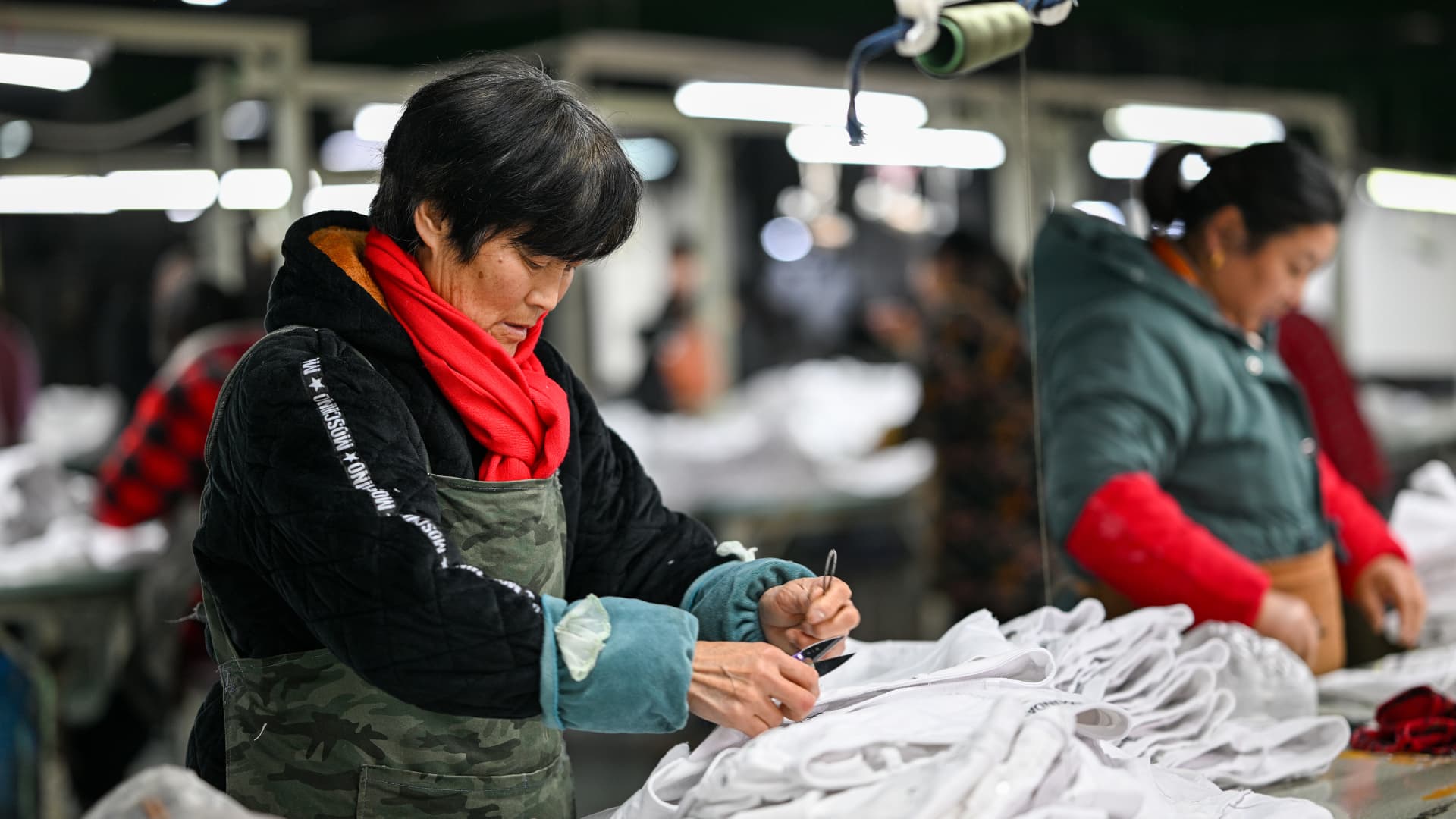China’s Economic Landscape Shifts: Understanding the PMI Decline and Surging Industrial Profits
In a surprising turn of events, China’s economic landscape is showcasing a fascinating juxtaposition between a decline in the Purchasing Managers’ Index (PMI) and a surge in industrial profits. The PMI, which is a crucial indicator of factory activity, revealed a contraction in January, while December experienced an unexpected spike in profits for industrial firms. This paradox raises critical questions about the trajectory of the Chinese economy and the underlying factors shaping these developments.
Decoding the PMI Decline
The Purchasing Managers’ Index (PMI) acts as a bellwether for economic activity, particularly in the manufacturing sector. A PMI reading below 50 indicates contraction, while above 50 suggests expansion. The latest figures for January have shown a decline, signaling a slowdown in manufacturing activity. Analysts were taken aback by this downturn, considering that many expected a steady performance as the new year began.
- Reasons for the Decline: Several factors might explain this decline in the PMI:
- Weak domestic demand: Consumer spending has been sluggish, impacting factory orders.
- Global Supply Chain Issues: Ongoing disruptions from earlier pandemic waves have created bottlenecks.
- Geopolitical Tensions: Trade tensions and regulatory changes have added uncertainty to the market.
Economists argue that the PMI decline could be a reflection of a broader economic recalibration, as China shifts its focus towards sustainable growth rather than rapid expansion. This recalibration is essential for addressing long-term structural issues within the economy, but it inevitably leads to short-term volatility.
Surging Industrial Profits: A Contradictory Narrative
In stark contrast to the PMI decline, China’s industrial profits surged in December, marking a significant increase compared to previous months. This surge has caught the attention of investors and analysts alike, who are trying to decipher the reasons behind this positive trend amid declining manufacturing activity.
- Key Factors Driving Industrial Profit Growth:
- Higher commodity prices: The global demand for raw materials has increased, leading to higher profit margins for companies in the industrial sector.
- Efficiency improvements: Many companies have embraced new technologies and practices to enhance productivity, resulting in improved profit margins.
- Government support: Regulatory measures and financial aid from the government have provided a buffer for struggling industries, enabling them to maintain profitability.
The combination of these factors has enabled Chinese industries to report robust profits even as the PMI indicates a contraction in manufacturing activity. This phenomenon illustrates the complexities of the current economic environment, where traditional indicators may not fully capture the underlying dynamics at play.
The Broader Economic Implications
As analysts dissect these contrasting trends, the implications for the broader Chinese economy are significant. The PMI decline suggests that manufacturers are facing challenges that could impact future output and employment levels. Conversely, the surge in industrial profits may signal resilience within certain sectors, indicating potential for future growth.
Potential Scenarios for the Future
Given the current landscape, several scenarios could unfold in the coming months:
- Continued Volatility: If the PMI continues to decline while industrial profits remain strong, it could lead to increased volatility in the market. Investors may become wary of the sustainability of profit growth amidst a contraction in manufacturing.
- Rebound in Manufacturing: If domestic demand picks up, it could lead to a rebound in manufacturing activity, thereby improving the PMI. This would create a more balanced economic environment where both manufacturing and profits grow.
- Government Intervention: The Chinese government may implement policies aimed at stimulating demand to counteract the PMI decline, potentially leading to a more stable economic growth trajectory.
Investors’ Outlook
For investors, navigating this shifting economic landscape requires a nuanced approach. The discrepancies between PMI and industrial profits highlight the need for careful analysis when making investment decisions. Here are some strategies investors might consider:
- Diversification: Investors should consider diversifying their portfolios to hedge against potential downturns in manufacturing.
- Sector Focus: Targeting sectors that are reporting higher profits, such as technology and renewable energy, may offer growth opportunities.
- Monitoring Economic Indicators: Keeping a close eye on both PMI and profit reports will be essential in predicting future trends.
Conclusion: A Time for Caution and Opportunity
China’s economic landscape is undoubtedly experiencing a shift, as illustrated by the contrasting trends of declining PMI and surging industrial profits. While the PMI decline raises concerns about the immediate health of the manufacturing sector, the rise in industrial profits highlights the resilience of certain industries and the potential for growth. As the Chinese economy recalibrates itself, it is essential for investors, policymakers, and businesses to remain vigilant and adaptable.
In conclusion, the current economic situation presents both challenges and opportunities. By understanding the underlying factors driving these changes, stakeholders can make informed decisions that navigate this complex landscape. As China continues to evolve, the focus on sustainable growth and structural reforms will be key to ensuring long-term economic stability.
See more CCTV News Daily



